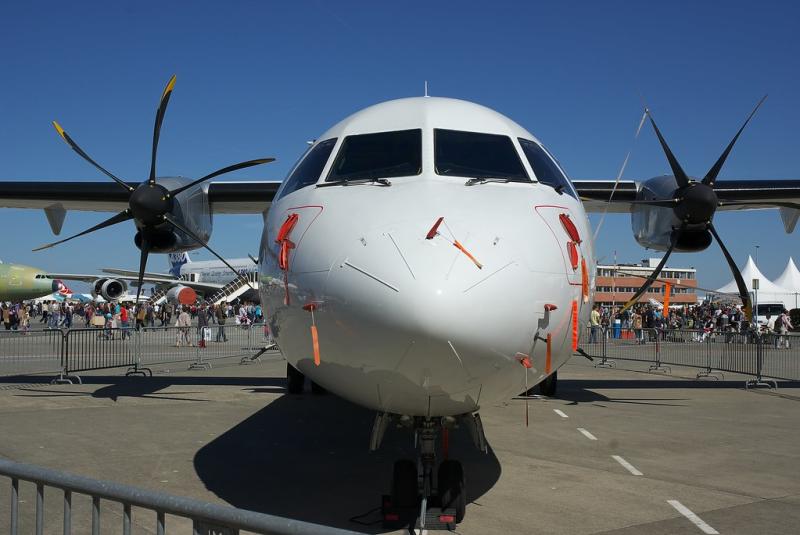A new report published by aircraft manufacturer ATR has signalled significant growth opportunities within Vietnam’s aviation sector, forecasting demand for up to 25 ATR 72-600 aircraft to operate on underserved routes within the country.
The report outlines how regional air connectivity could enhance mobility and economic development by complementing Vietnam’s existing transport infrastructure.
Currently 90% of domestic air travel in Vietnam is concentrated at ten of the country’s 22 airports, with a quarter of these operations spanning distances of less than 600 kilometres. ATR notes that these aircraft are operated by larger aircraft, which “limits efficiency” in terms of cost and frequency.
Within the findings Vietnamese consultancy firm, Transport Engineering Design Inc. (TEDI), also found that 87 out of 149 routes in Vietnam had traffic potential but remain unserved and would require a fleet of 25 ATR 72-600 aircraft to be served effectively.
“Regional aviation has the potential to significantly enhance connectivity across Vietnam,” said Jean-Pierre Clercin, head of region Asia Pacific at ATR. “By complementing surface-based transport, it can improve mobility, strengthen a network of secondary cities, and ensure that more communities benefit from Vietnam’s economic growth.”
The manufacturer highlighted how regional aviation has driven economic growth in countries like Japan and New Zealand, with industry studies indicating that a 10% increase in regional flights can lead to a 6% rise in regional GDP and an 8% boost in foreign direct investment.
The Vietnamese government said it plans to expand the country’s commercial airport network from 22 to 30 by 2030, underscoring the role of regional aviation in boosting connectivity and unlocking economic potential.

